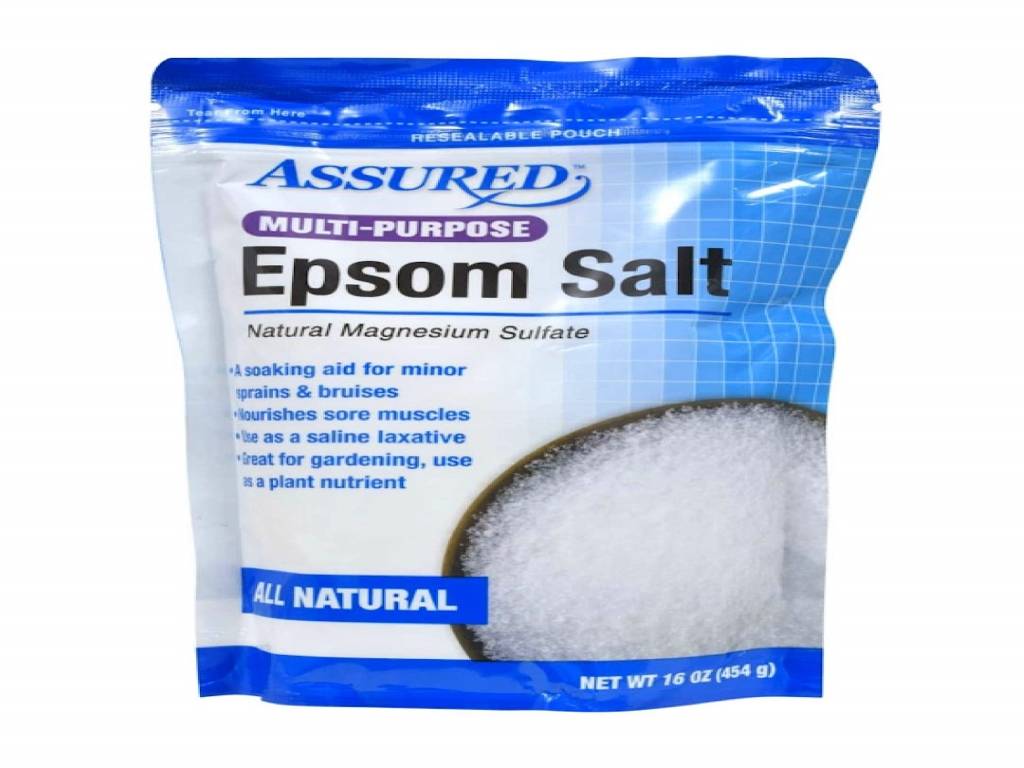
Epsom salts are not actually salt, but a naturally occurring pure mineral compound comprised of magnesium and sulfate (MgSO4), and are highly regarded as a solution for a multitude of cosmetic, medical and gardening problems. In a paper published by the Washington State University Puyallup Research and Extension Center, solutions, myths and folk wisdom regarding the uses of Epsom salts are addressed, including the use of Epsom salts for the treatment of plant fungus.
Many species of fungi can infest plants. For example, powdery mildews are a group of related fungi that affect a wide variety of plants. Making plants look like they have been sprinkled with flour, these fungi infect the upper parts of leaves and older leaves, and rob nutrients from the plant, causing the plant to bloom less and become weaker. Blackspot disease (Diplocarpon rosae) and apple scab (Venturia inaequalis) are examples of common fungi that can affect commercial crops in wetter environments.
As to the claim of the effectiveness of Epsom salts to combat fungus infections in plants, no real evidence supports this. Reports done by Washington State University and other research facilities have shown that Epsom salts have no affect on apple scab or other mildews. However, many gardening enthusiasts and websites, including the National Gardening Association, say that applying Epsom salts can produce healthier plants by providing magnesium to the soil and reducing leaf loss.
The best way to combat powdery mildews and other fungus infestations in plants is to immediately remove the affected parts of the plant and discard them. Do not add them to a compost pile. Since fungus grows well in moist environments, it helps to selectively prune plants to increase air flow, remove any buildup of fallen leaves under the plant and avoid overwatering.
Once an infected plant is pruned of all affected parts, it helps to spray the plant with an effective fungicide, including sulfur, lime-sulfur, neem oil or potassium bicarbonate. Mixing a teaspoon of baking soda in a quart of water and spraying the plant thoroughly is a natural remedy that is inexpensive and easy to do. For stubborn infestations, weekly treatment may be needed, alternating between applying a commercial fungicide one week and a baking soda solution the next to lessen the environmental impact.
Does India need to rethink its pesticide registration procedures. Is it time it explored registration of could be crop protection oriented chemicals already available. Of course, backed by some scientific data. Not just word of mouth!










